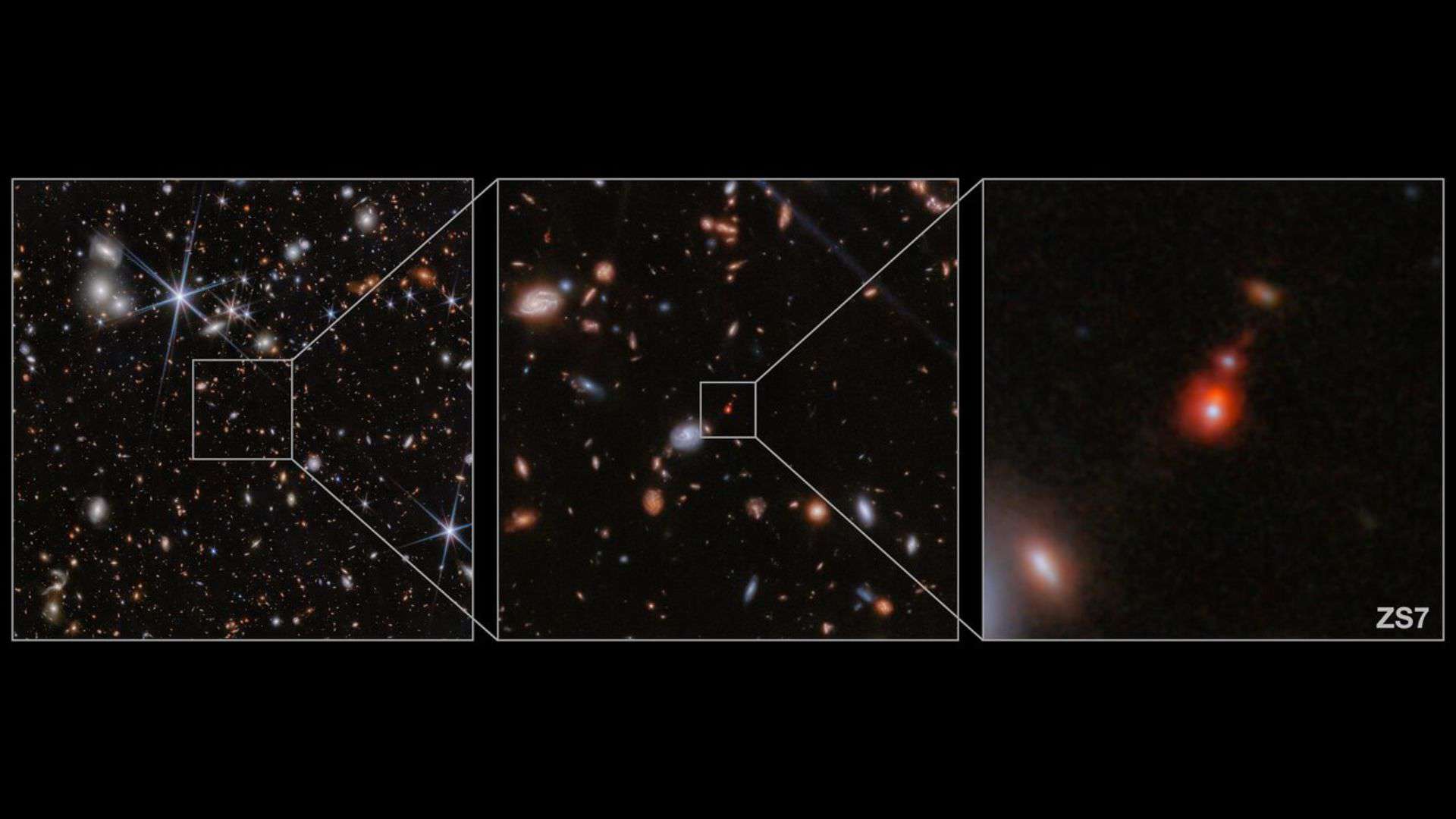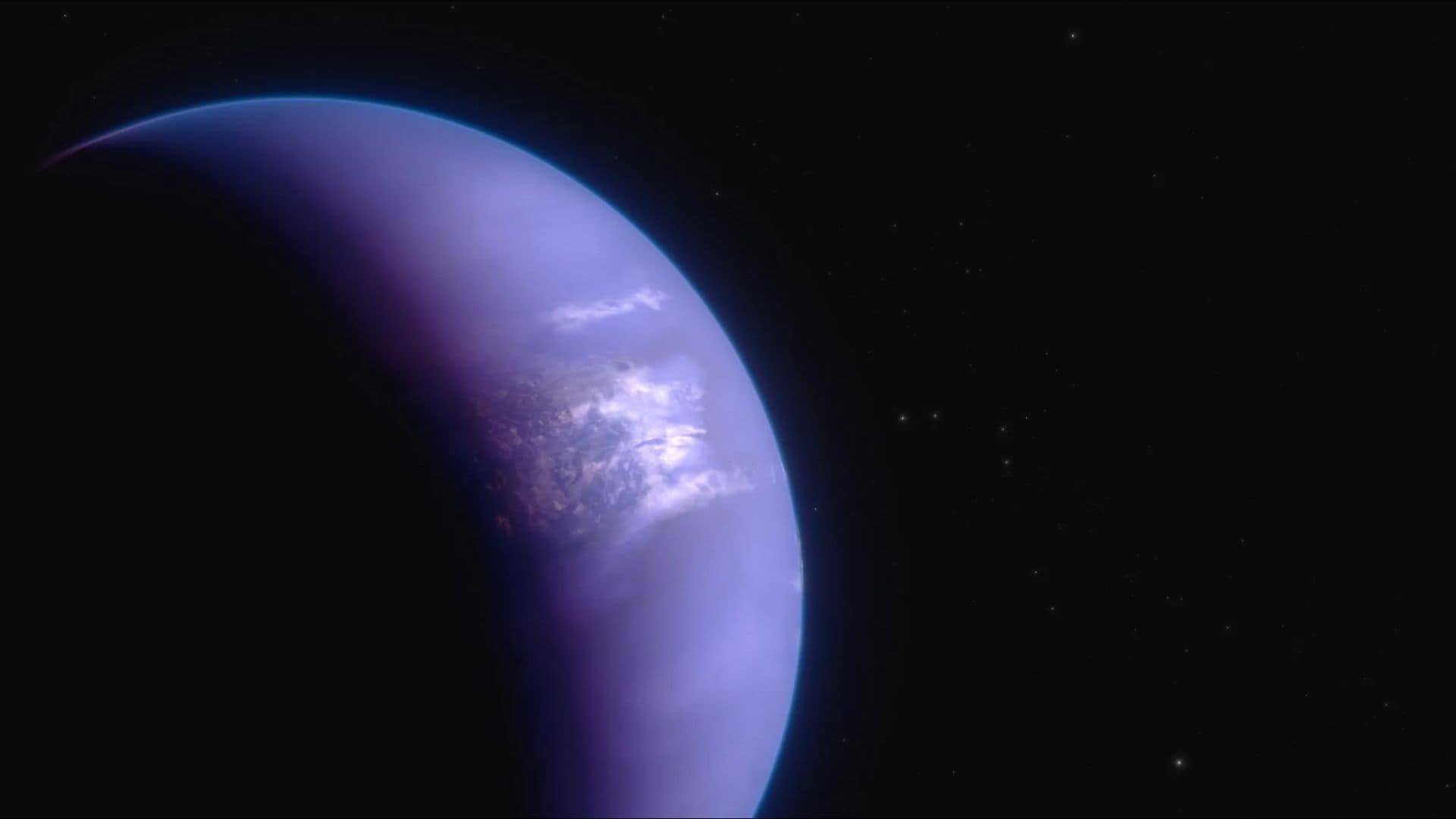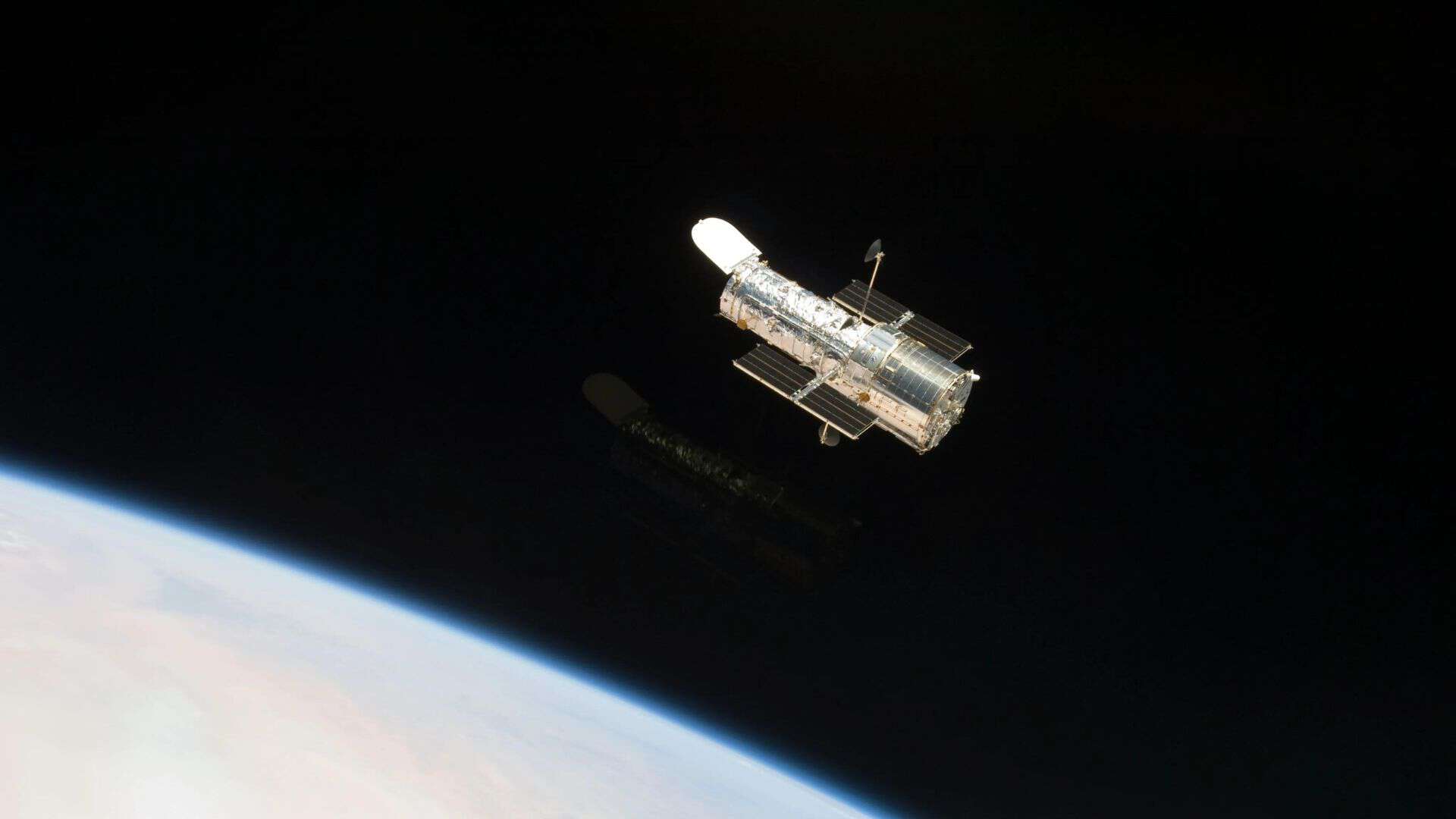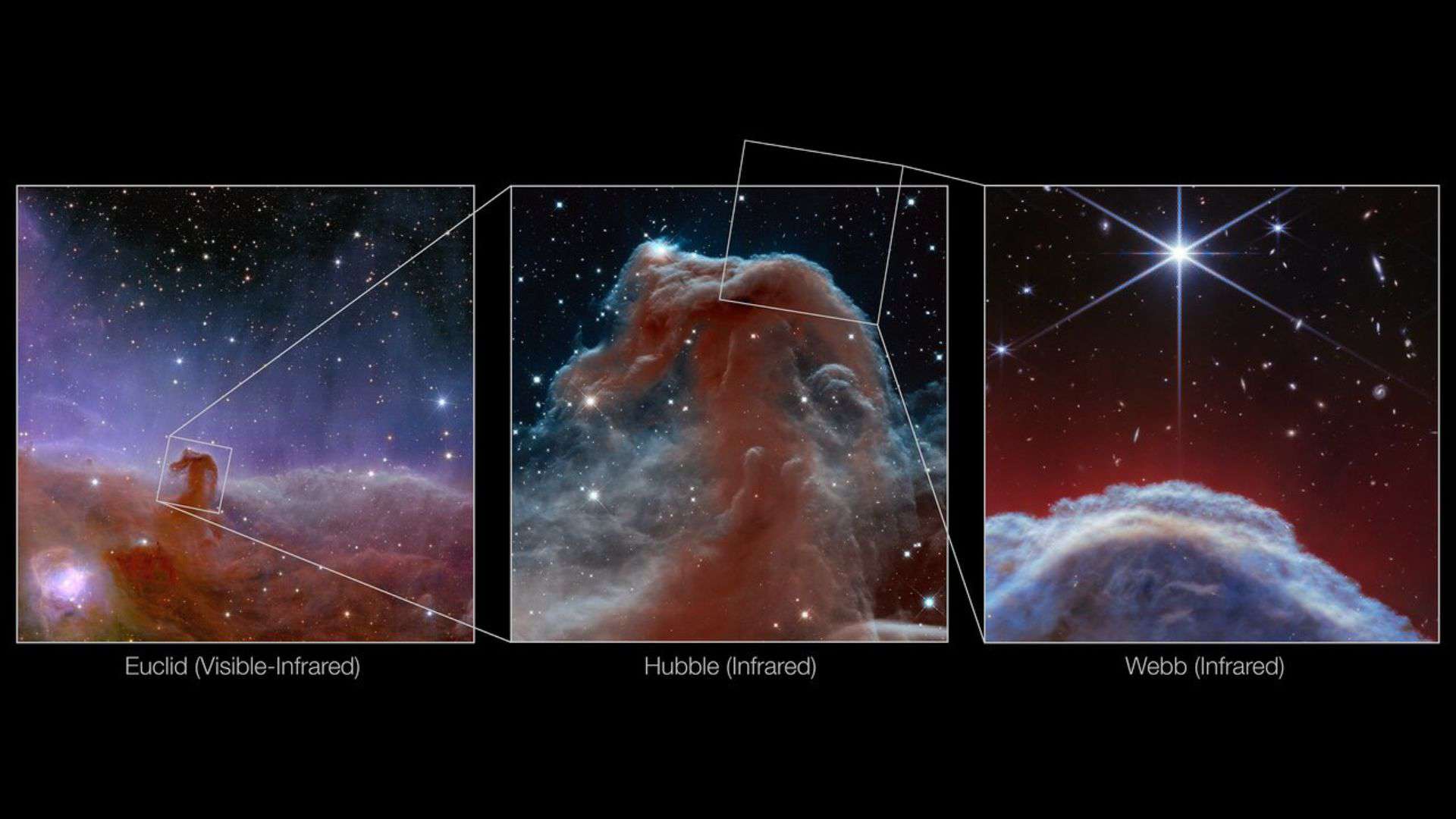Astronomers using the Event Horizon Telescope (EHT) have unveiled a new look of our Milky Way’s supermassive black hole, named Sagittarius A* (Sgr A*), for the first time in polarized light.
Light is an electromagnetic wave, and when this wave oscillates in a preferred direction rather than all directions, it is called polarized light. As the magnetic field of a polarized light is aligned in a particular direction, it can uncover clues about the magnetic field around the black hole.
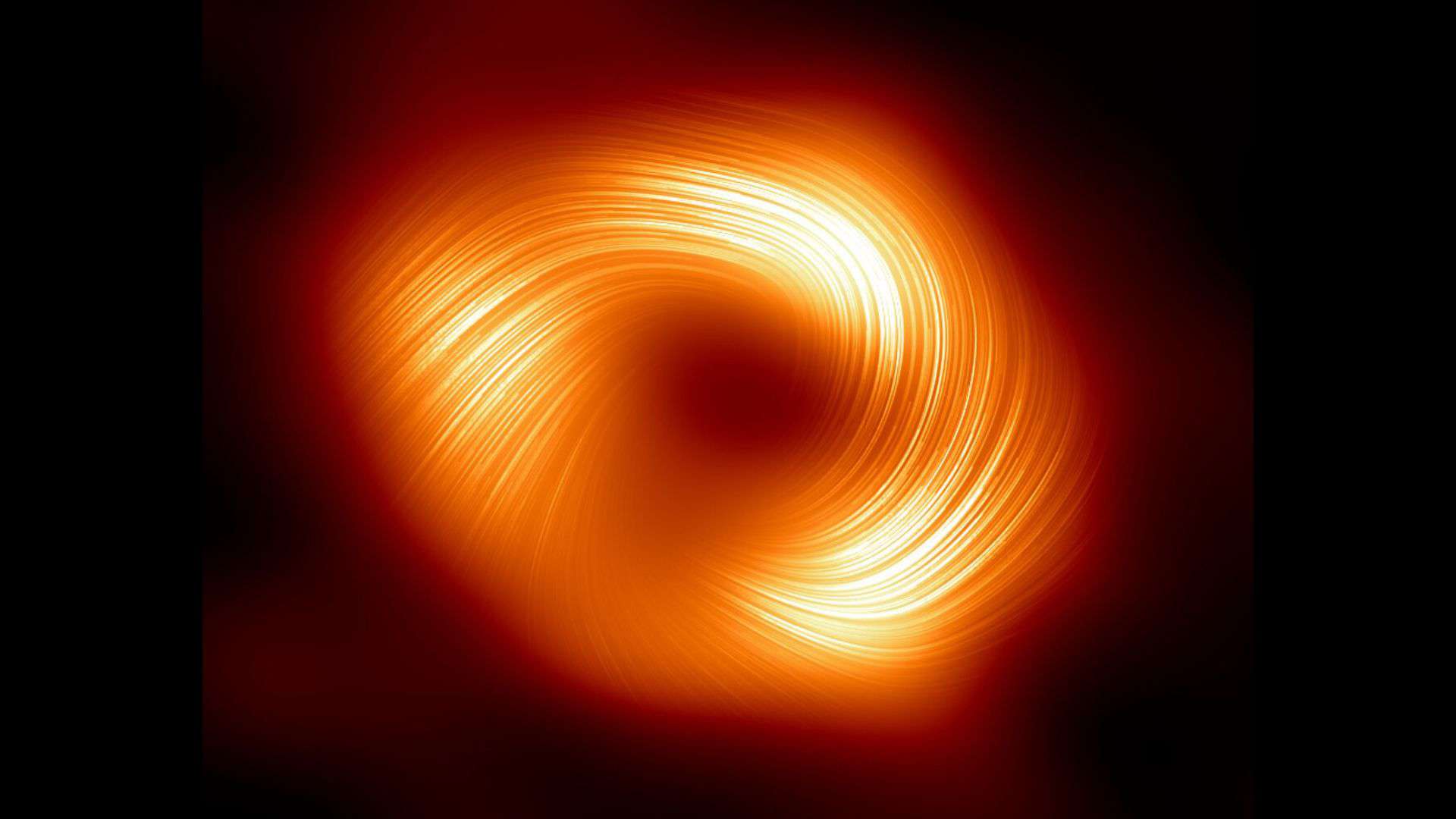
In the polarized light, they have found strong, and organized magnetic fields spiraling from the edge of our Milky Way’s supermassive black hole, Sagittarius A* (Sgr A*).
Sara Issaoun, NASA Hubble Fellowship Program Einstein Fellow at the Center for Astrophysics | Harvard & Smithsonian, US, and co-lead of the project, said:
“What we’re seeing now is that there are strong, twisted, and organised magnetic fields near the black hole at the centre of the Milky Way galaxy.”
This magnetic field structure is very similar to that of the black hole located at the center of the M87 galaxy, named M87*.
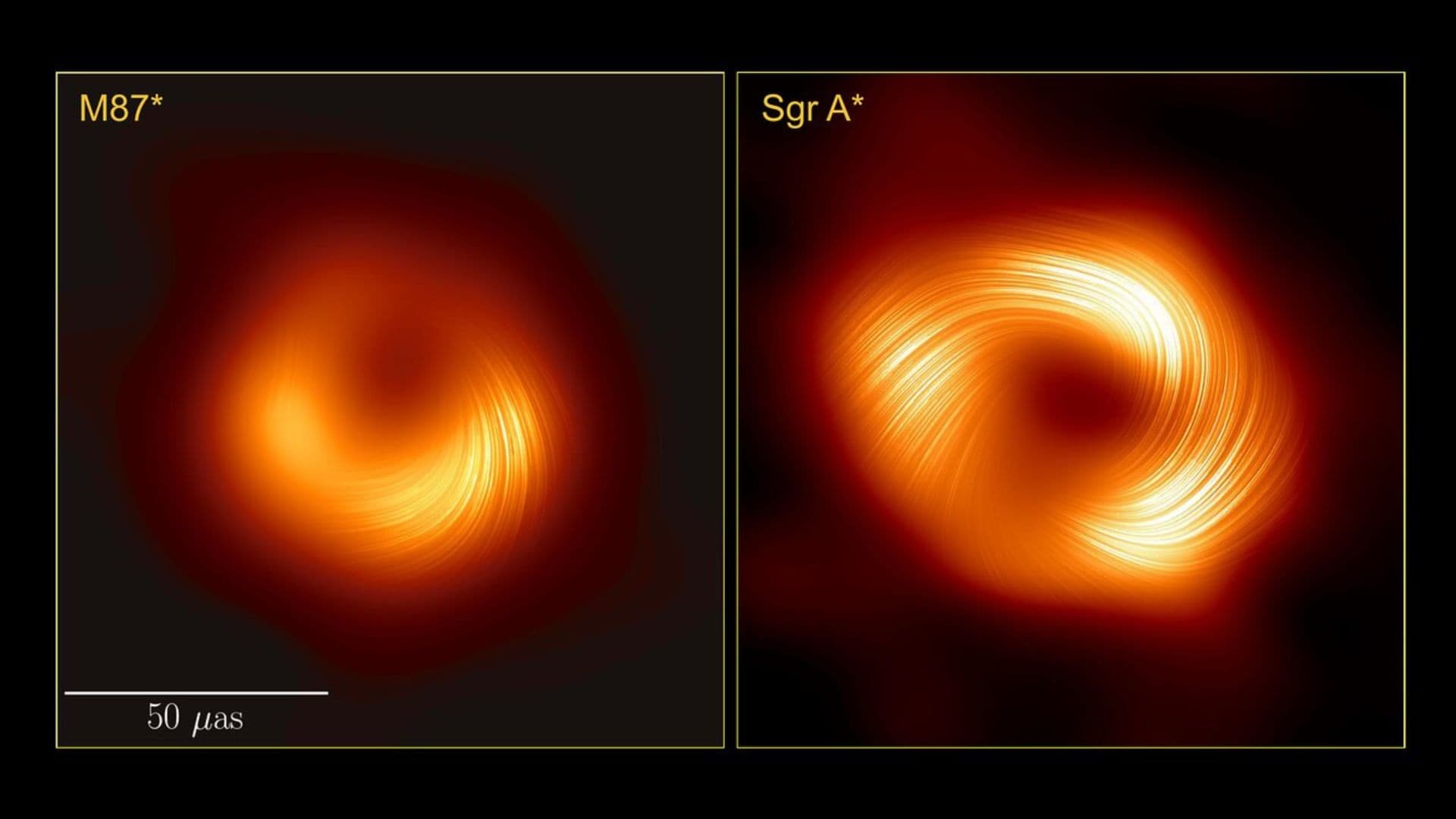
It suggests that strong magnetic fields may be universal features among black holes, though Sgr A* is more than a thousand times smaller and less massive than M87*.
Not only that, but this magnetic field structure can tell us how a black hole eats and ejects matter around it.
Angelo Ricarte, Harvard Black Hole Initiative Fellow and project co-lead, said:
“By imaging polarised light from hot glowing gas near black holes, we are directly inferring the structure and strength of the magnetic fields that thread the flow of gas and matter that the black hole feeds on and ejects.”
Milky Way’s black hole in “normal” light
In 2022, astronomers unveiled the first image of Sagittarius A* (Sgr A*), the supermassive black hole located at the center of our Milky Way galaxy, using the same Event Horizon Telescope (EHT).
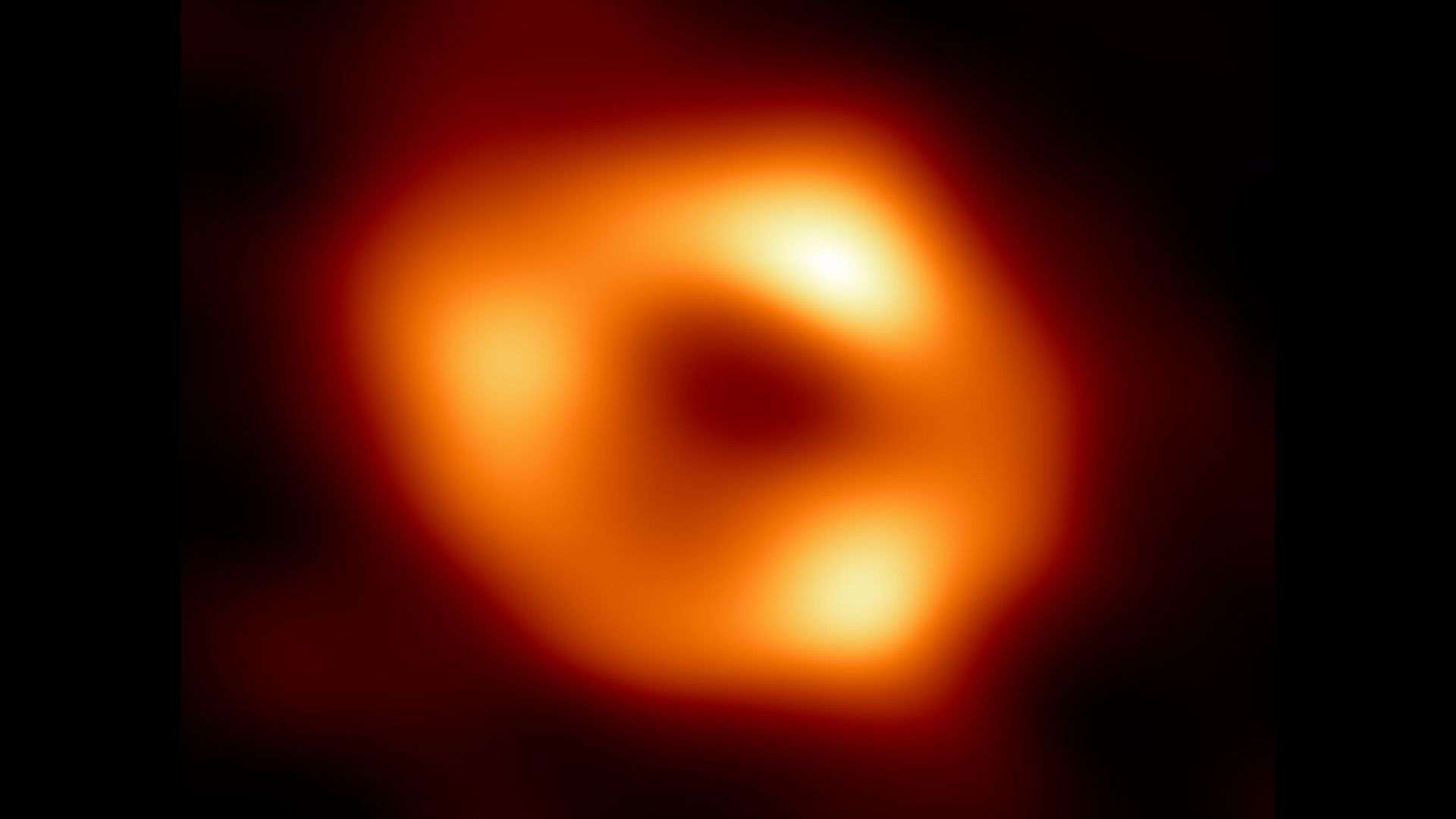
Here a bright ring-like structure surrounding the black hole is seen and the dark central region, from where nothing can escape (not even light), is the original black hole called the black hole shadow.
What is Event Horizon Telescope (EHT)?
The Event Horizon Telescope (EHT) is an array of radio telescopes stretching across the planet. The telescope is named after the event horizon, the boundary of the black hole beyond which no light can escape.
An array of 11 radio telescopes are linked together to capture the Milky Way’s supermassive black hole, Sagittarius A*, in polarised light.
These radio telescopes are the Atacama Large Millimeter/submillimeter Array (ALMA), the Atacama Pathfinder EXperiment (APEX), IRAM 30-meter telescope, James Clark Maxwell Telescope (JCMT), Large Millimeter Telescope (LMT), Submillimeter Array (SMA), Submillimetere Telescope (SMT), South Pole Telescope (SPT), the Greenland Telescope, the NOrthern Extended Millimeter Array (NOEMA) in France, and the UArizona ARO 12-meter Telescope at Kitt Peak.
Two scientific papers have been published on the above findings in the Astrophysical Journal Letters on March 27, 2024.
First Sagittarius A* Event Horizon Telescope Results. VII. Polarization of the Ring
Please follow us on Facebook and Twitter to get latest space news, upcoming skywatching events and astronomy-related content.
